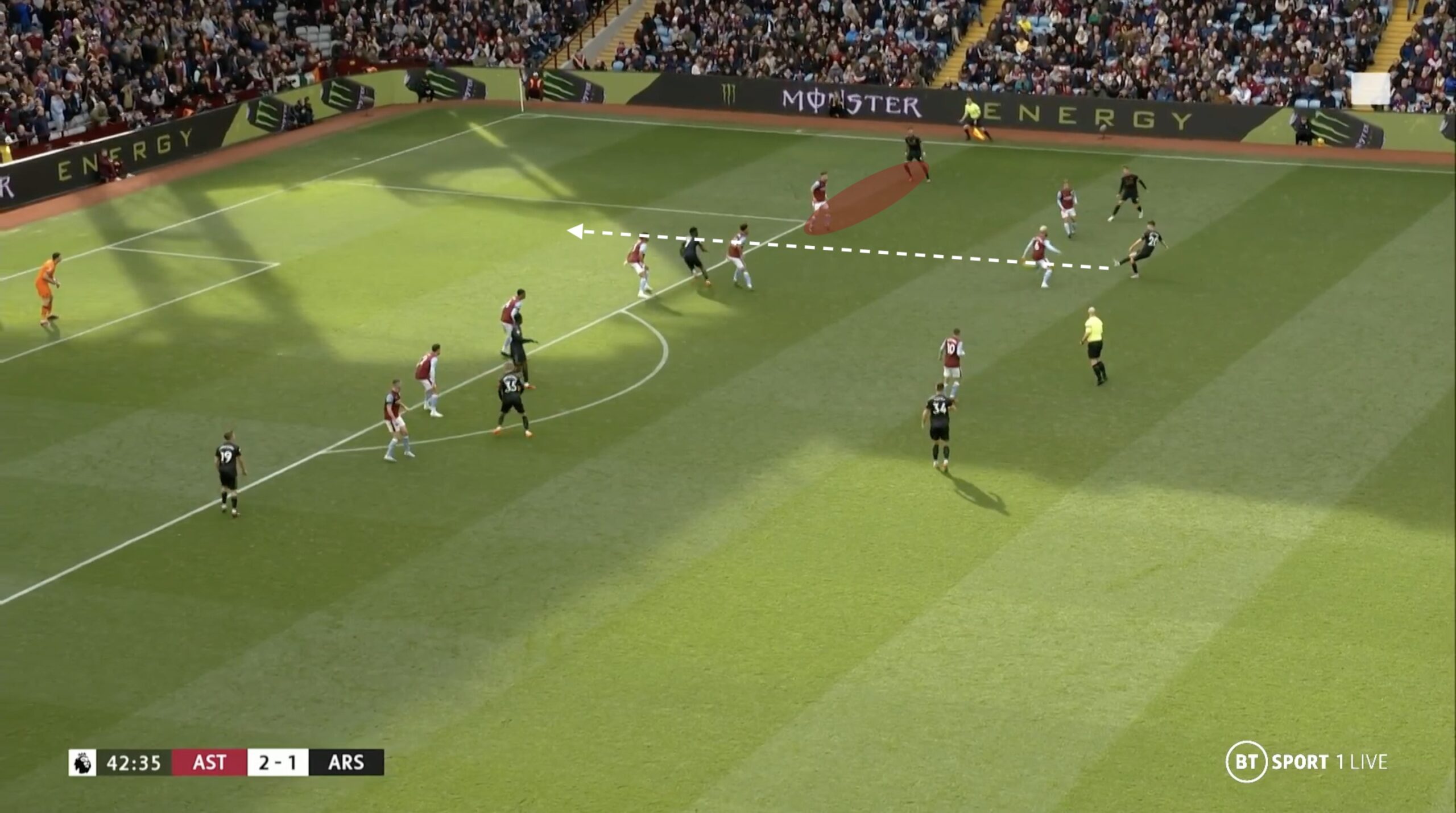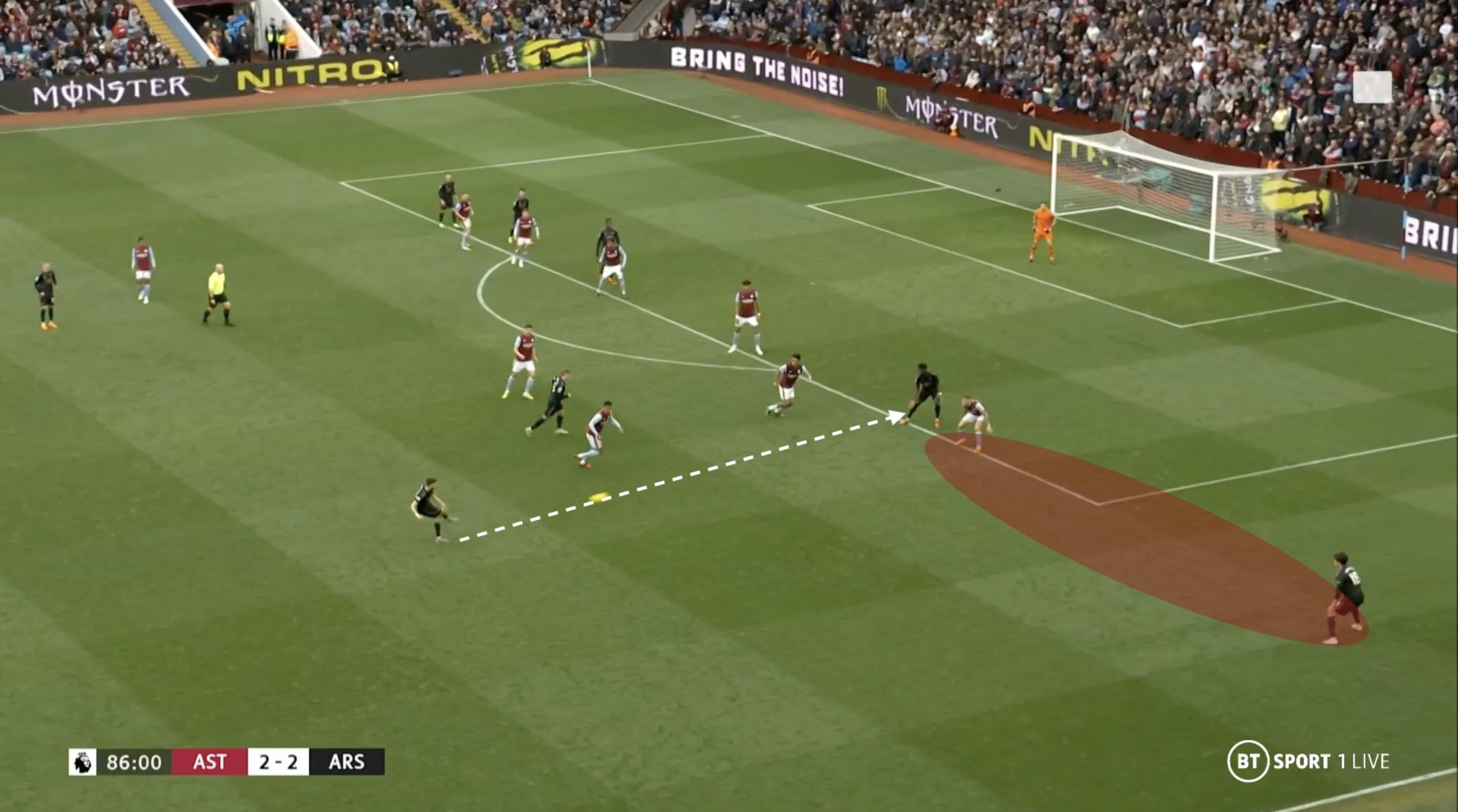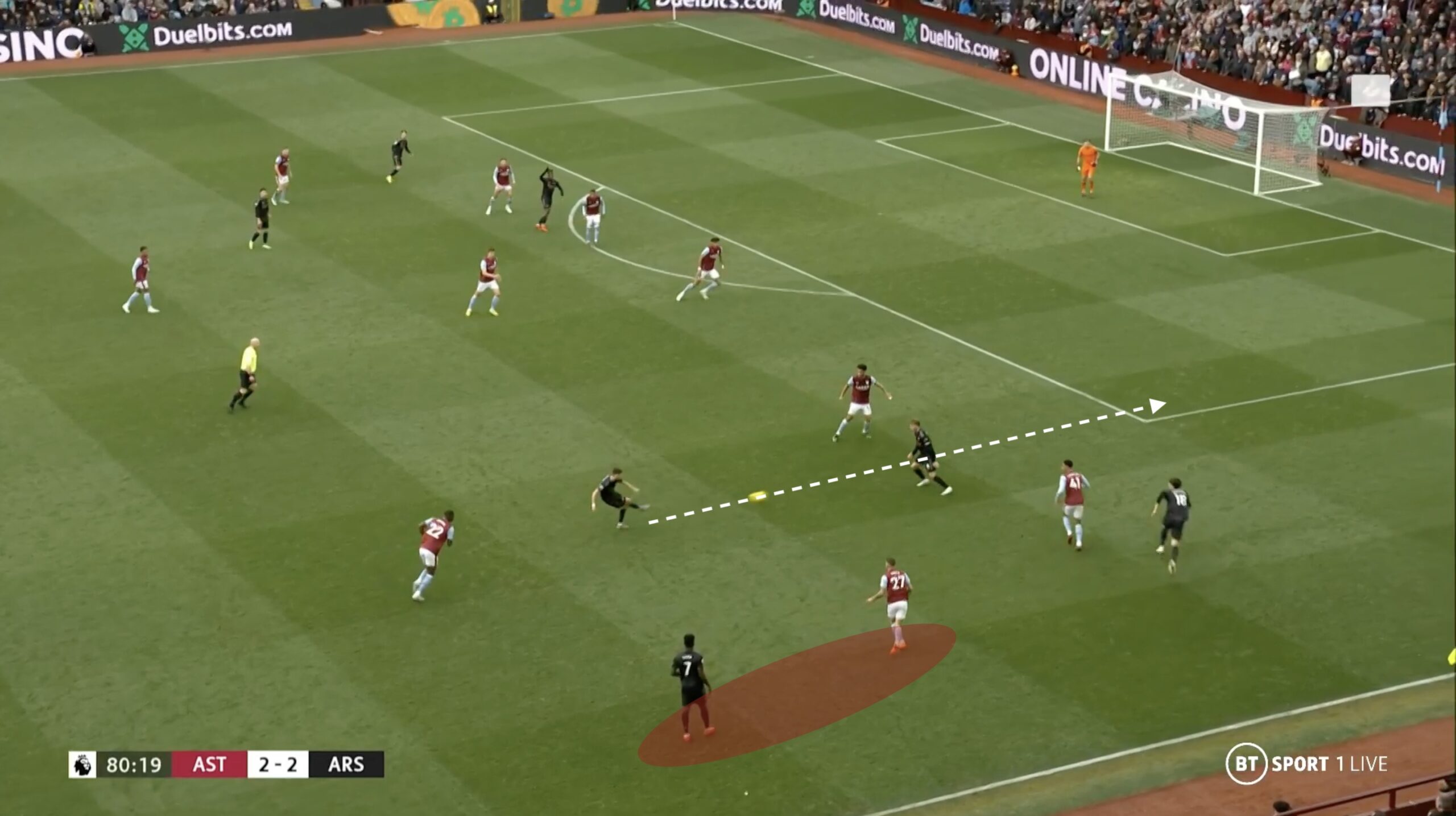As fans, we watch our team every week and we want them to be perfect. We want every player to be world class. Of course we do, because we want to win over and over and over again, and having a perfect team, with perfect players, is the only way to ensure that.
But the perfect team obviously doesn’t exist. We can see the flaws in our players and we can hope that they work on them, or that someone else comes in who doesn’t share the same flaws. There is always someone better.
So as we search for the perfect solutions, the perfect players to replace our imperfect ones, we spend so much time thinking and talking about what players can’t do, we end up ignoring what they can do, what they do bring to a team.
Enter Jorginho.
Now, Arseblog is, for obvious reasons, the last place regular readers would have expected to find a piece praising Jorginho. But as January went on, Arsenal needed a midfielder and he is the one we managed to sign. He is slow, he is not a physical player, and his passing range can be a little limited. There they are, the things he can’t do. The things that became the focus for a lot of fans as the January transfer window closed.
At Villa Park on Saturday, he showed us why Arsenal did see value in bringing him in. It’s a bit wordy but here is fbref‘s definition of a progressive pass:
Basically, a pass that either ends in the box or moves you closer to goal by at least 10 yards. Unsurprisingly, Thomas Partey ranks just behind Oleksandr Zinchenko and Ben White (and just ahead of Martin Odegaard) as the Arsenal player with the most progressive passes per 90 minutes in the Premier League this season.
Partey’s own personal season-high from his holding midfield position is 14 progressive passes in a game, a tally he reached in games against Nottingham Forest, West Ham and Brentford.
At Villa Park on Saturday, in just his second Arsenal start, Jorginho racked up 15 progressive passes, including three completed passes into the box, bettering Partey’s highest number in a single game this season.
If you’re happy to, just for a moment, park your frustration over the things Jorginho can’t do, it is already obvious that his passing could become crucial for an Arsenal side that has struggled to break down stubborn defences of late, and that is why he was signed. After a frustrating half of football had the team trailing at Villa, Arsenal dominated the second half and Jorginho, in combination with overlaps from right-back, was crucial.
One of the keys for Arsenal breaking down defensive sides this season has been the addition of a sixth player, from fullback, in the frontline. Usually this has been Ben White, overlapping on the right to free up Bukayo Saka from having to take on two defenders, giving the winger a chance to either drive further inside or collect the ball there. It is something that has not been seen enough in recent matches, with the wingers left isolated and only able to receive the ball out on the touchline.
There were glimpses of Arsenal trying to use White like this before the break at Villa, with Jorginho threading the ball either down the wing or inside to Saka. With Villa left-back Alex Moreno aware of White, the gap opens inside for Saka to make a run closer to the centre-backs and closer to the goal.

This one didn’t come off, with Saka a little on his heels and the pass overhit, but the signs were there that Arsenal could exploit this space as long as Ben White or, when he came on, Takehiro Tomiyasu offered an option on the overlap.
And that’s exactly what happened in the second half, as Arsenal pushed Villa further and further back into their half and really dictated things. This Jorginho pass, played into the path of White as he has ventured forward, leads to Nketiah’s header hitting the bar …
… and the next pass in a similar area leads to the corner that brings Arsenal’s second equaliser. With White again stationed high upfield, he attracts the attention of the opposition left-back and creates space for Saka to run in behind.
 Jorginho’s clipped pass sent Saka into the area, where he ultimately won Arsenal a corner.
Jorginho’s clipped pass sent Saka into the area, where he ultimately won Arsenal a corner.
At 2-2, the push down the right continued and the flexibility of the team came to the fore. When Saka dropped in possession, bringing substitute left-back Lucas Digne with him, it was Takehiro Tomiyasu’s turn to burst behind for another Jorginho through ball.
And Digne is once again in two minds as Tomiyasu pushes on again a few minutes later, just about giving Saka the space to brilliantly spin with Jorginho’s fired pass into feet.
 Saka fluffs his shot after turning superbly but it was encouraging that Arsenal consistently managed to funnel the ball forward without going all the way out to the touchline and it was particularly good to see our January signing playing aggressive, ambitious passes to move the team upfield.
Saka fluffs his shot after turning superbly but it was encouraging that Arsenal consistently managed to funnel the ball forward without going all the way out to the touchline and it was particularly good to see our January signing playing aggressive, ambitious passes to move the team upfield.
The Italian ended the game five shot-creating actions — an action on the ball that is the last or penultimate action before a shot — all of them passes. That element of Partey’s game was previously something Arsenal would have missed dearly with the Ghanaian sidelined.
Jorginho has a bit of a reputation for being a safe passer, one of those deep midfielders that people think of completing 150 short passes in a game without any of them making a difference, but he is a lot more creative than that. In his first season at Chelsea (2018/19) he played the most progressive passes and the most passes into the final third of any player in the Premier League. He completed the most passes into the final third again the following season. We saw that ability at Villa and it was crucial in pinning them back and creating chances before the pressure eventually told and we won the game.
That mounting pressure played a part there, too. For Jorginho’s ‘goal’, or, I guess, shot that led to Emi Martinez’s goal, nine of Villa’s 10 outfield players were in their own area trying to defend the onslaught. It is probably why Jorginho shot — he didn’t have much choice — and it is fitting that it was a product of his passing and the more aggressive approach of the Arsenal right-backs.
We shouldn’t be expecting any more blockbuster moments — since the start of 2019/20, Jorginho has taken just 22 shots from outside the area in 109 Premier League appearances and he has not scored a single one — but this was an excellent performance from Jorginho and a great reminder that, as much as a player can be limited, there is always a lot of value in looking at what they are good at.



